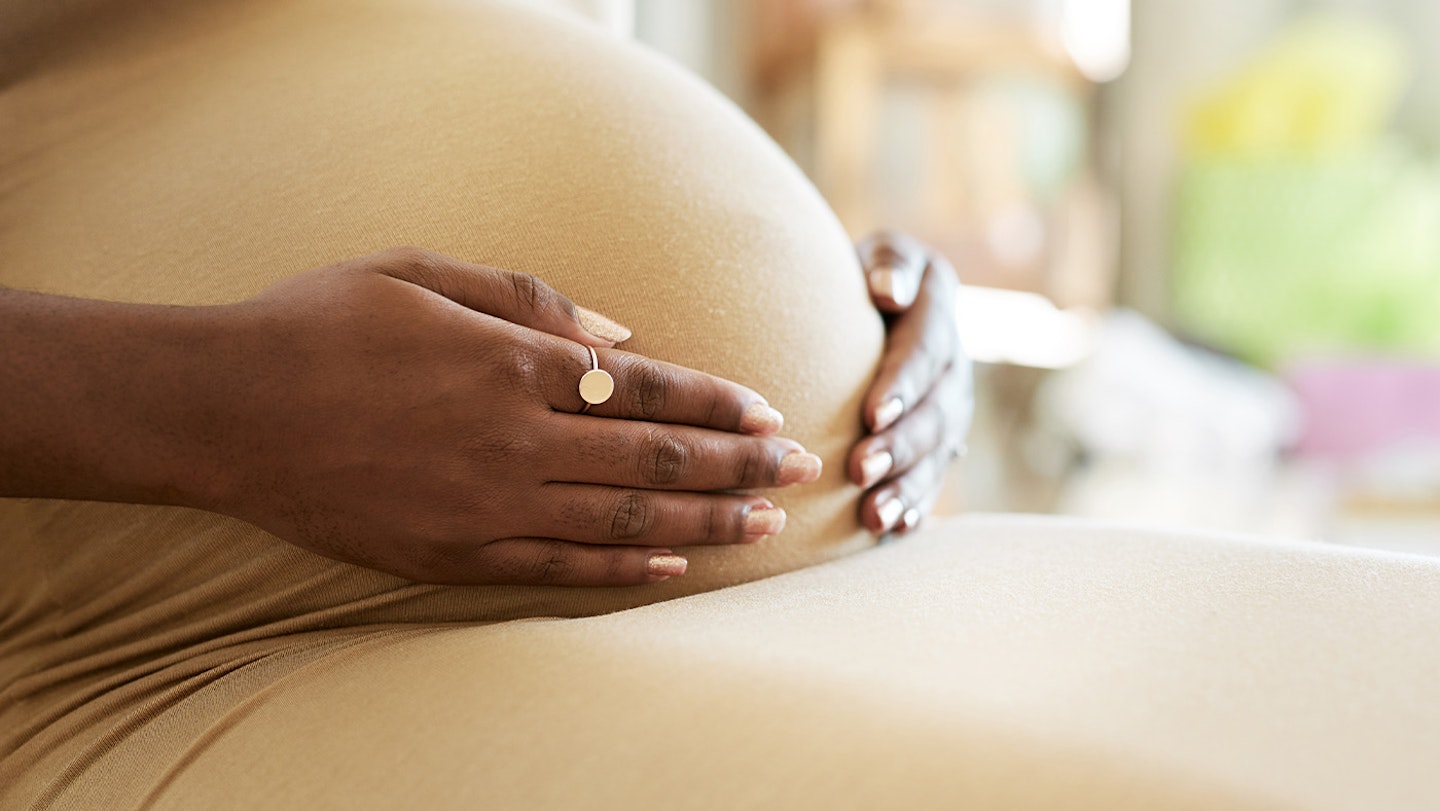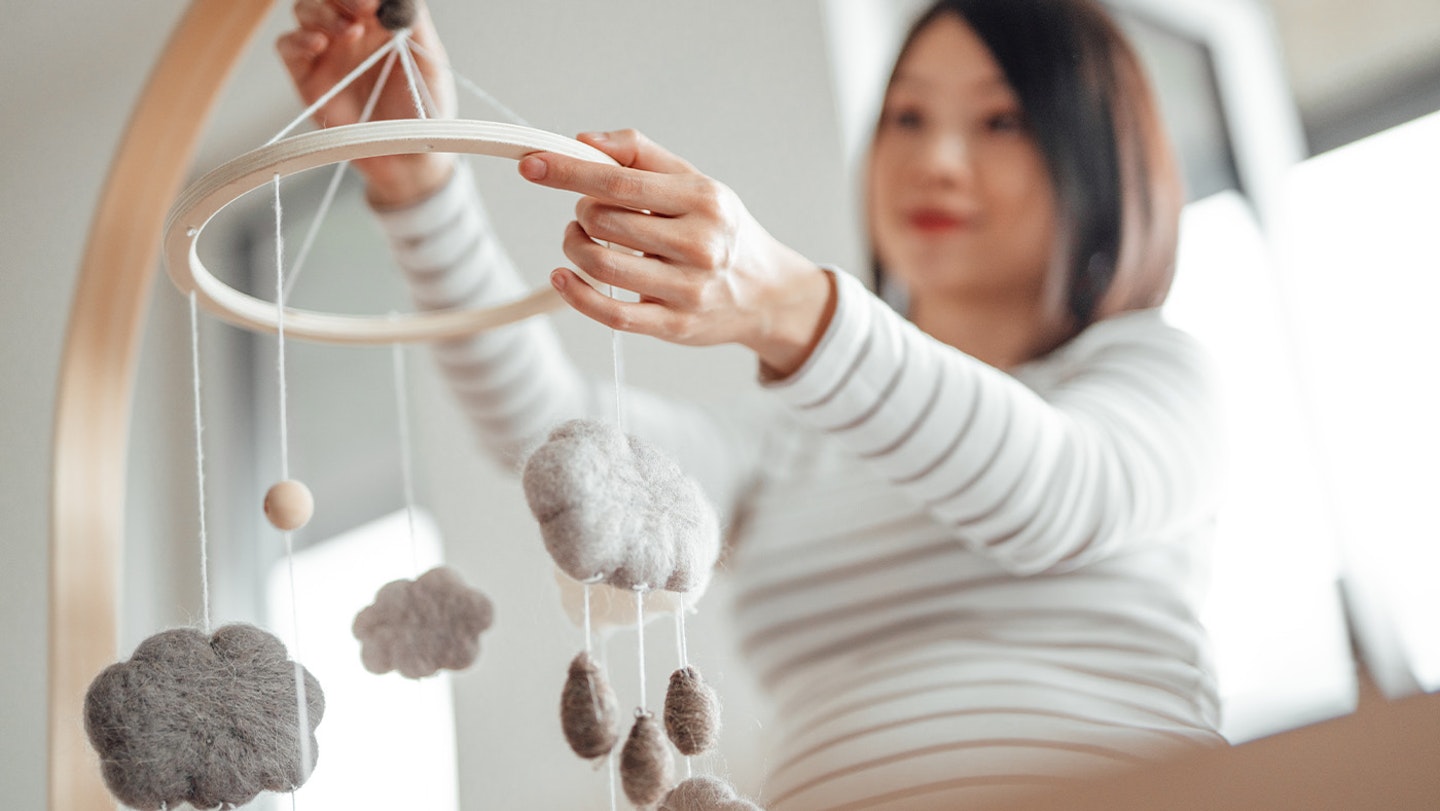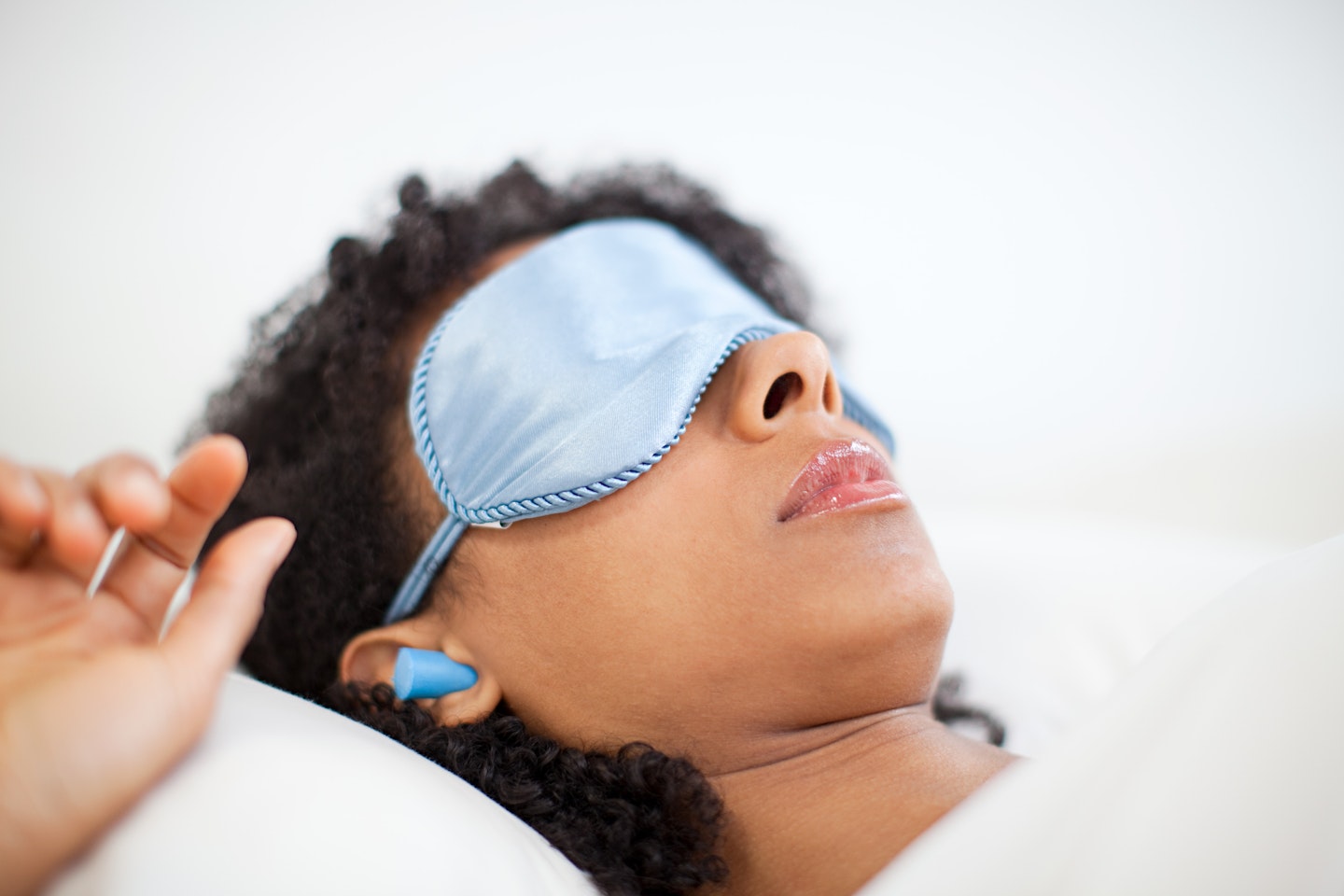Before giving birth, the one thing mums should learn about is how to increase oxytocin levels naturally. It's a wonder hormone that you literally can't give birth without according to Milli Hill, mum and author of The Positive Birth Book.
According to Mili, oxytocin is the number one thing you really need to minimise pain during labour. If you're keen to learn more about how to boost your oxytocin levels naturally, Milli has put together a guide on everything you need to know.
What is oxytocin?
Also known as the 'love hormone' and the 'cuddle chemical', oxytocin is the main hormone we make when we fall in love, give birth, breastfeed and bond with our babies. It gives us that warm, fuzzy feeling that we might associate with post-coital bliss.
Oxytocin is so central to the process of giving birth that, if you don't make enough yourself, you will be given a synthetic version of it in a drip. In this manufactured form, it's called 'syntocinon'. Fill your birthday bag to overflowing with oxytocin, and you're much more likely to have a smoother, easier and even less painful labour to help minimise the need for pain relief in labour.
Oxytocin's chief job in labour itself is to strengthen and maintain contractions. The hormone is made in the pea-sized part of your brain called the hypothalamus, and it works on a positive feedback loop - the more you make, the more you keep producing. It's a very happy circle.
Understanding more about this wonder hormone is key to a positive birth, because knowing how to get your oxytocin flowing can really help to keep your labour progressing and help if it stalls or slows.
9 ways to naturally increase oxytocin for labour
Birthing - Oxytocin
 1 of 9
1 of 91) Early Start
Don’t wait ‘til your contractions start before you begin to think about oxytocin. In the final few days of pregnancy, think low light, low noise and low interruptions. So send your partner to the shops for those last-minute bits and bobs you need for your hospital bag!
 2 of 9
2 of 92) Nest
Take your nesting instinct literally and create your very own nest. Whether you’re in ward, a birthing centre or at home, build a nest using blankets, pillows, yoga mats and cushions on the floor. When you give birth, you have the same needs as any other self-respecting mammal: you need to feel safe, warm and cosy.
 3 of 9
3 of 93) Block everything out
If you’re not having a home birth where you can wholly control the noise and who’s visiting, then take proactive action. Use an eyemask and ear plugs or headphones, so you can escape into your own little world.
 4 of 9
4 of 94) Get loved up
Most of us have a fairly similar idea of the kind of environment we’d like to make love in… candles, log fire, soft rugs, and zero interruptions anyone? The reason we find this sexy is because of oxytocin, so build your birth space along similar lines. Oxytocin thrives on this kind of slightly cheesy romantic setting, and if you throw in a massage and a compilation playlist, then oxytocin will be over the moon in June!
 5 of 9
5 of 95) Chill out
It's time to really kick back and relax right now more than ever. Your partner may be understandably nervous, but tell them that right now, they simply need to be there for you and help create a calm and relaxed environment. Let them guard your nest and keep you safe, and treat you with the utmost loving care.
 6 of 9
6 of 96) Kiss
Making out with your partner during the early stages of labour is a great way to get the oxytocin flowing. Even if you’ve never done so before, labour is a great chance to really feel your feminine power as you embrace the sexual energy of making a new life. Kissing, locking eyes, loving talk, sexy talk, and whatever kind of touch you are in the mood for, will all help the oxytocin to flow. And simply having skin-to-contact with your partner will get the oxytocin flowing. You may want to ask the midwife to leave first though!
 7 of 9
7 of 97) Twiddle your nipples
Yep, this one is a bit of a taboo topic but, if you want to stimulate oxytocin, anything from nipple twiddling to masturbating to orgasming will help you to progress your labour. It can be especially helpful if your contractions are taking time to get established or are stop-start.
 8 of 9
8 of 98) Feel the love
As you wait for your baby, remember particular times in your life when you felt incredibly loving and loved, and look at photos of these moments to help you. Focus on your love for your soon-to-be-born baby, too. Think about how you already feel about him and visualise how much that love will grow when you first see his face and as you hold him. This is a great technique to use if you’re having a c-section.
 9 of 9
9 of 99) Get skin-to-skin
No matter what kind of birth you have, get your baby, naked and on your own naked chest, as soon as possible. If you can’t have it right away, don’t worry– it will still feel wonderful hours or even days after the birth. This skin-to-skin bonding also feels amazing, because you, and your baby, will be flooding with oxytocin. Enjoy this delicious feeling!
About the expert
This article is written by mum of three and founder of the Positive Birth Movement, Milli Hill. She writes tips and advice on how to have happier labour experiences.
